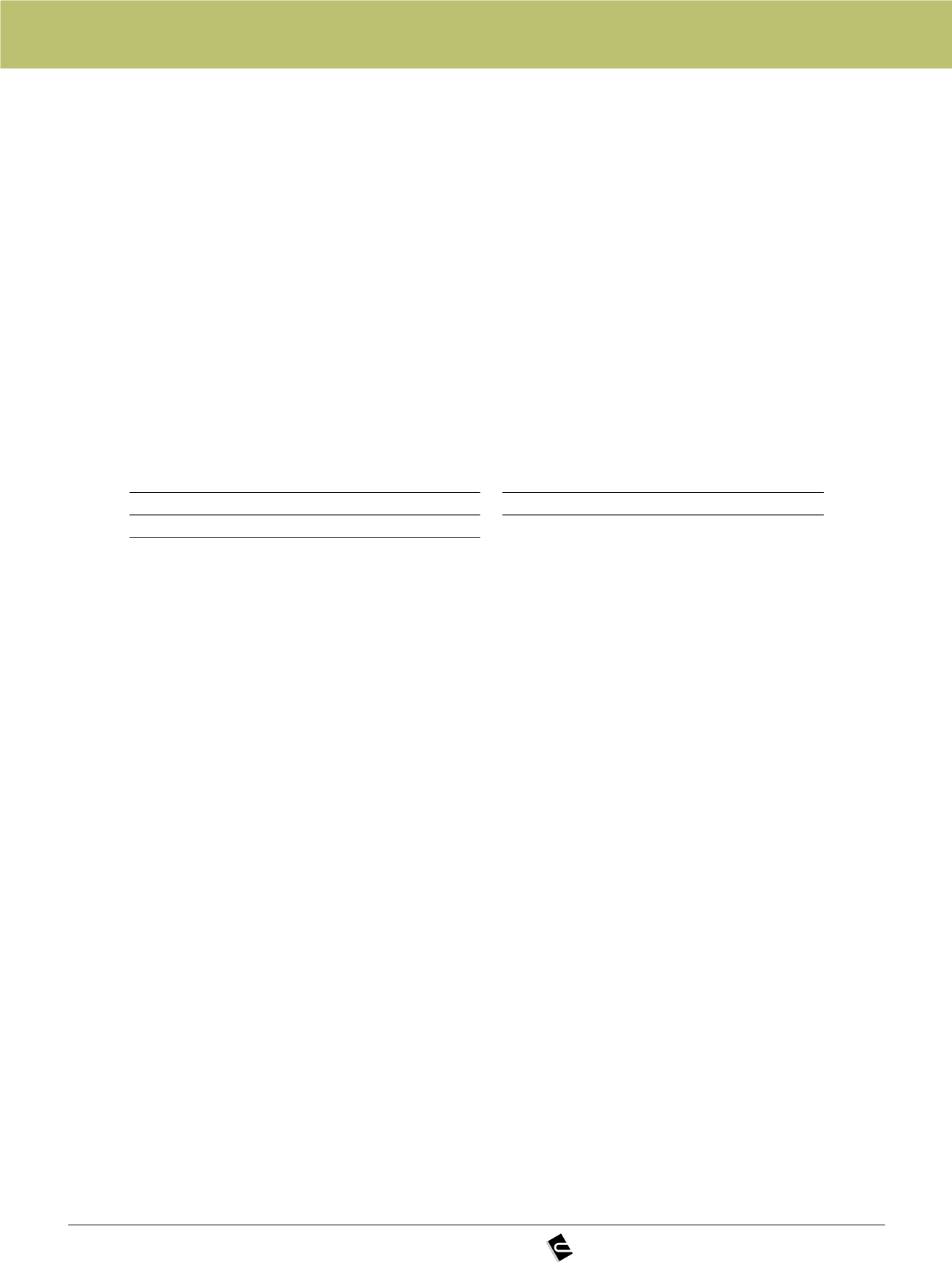
CONCRETO & Construções | Ed. 91 | Jul – Set • 2018 | 97
u
pesquisa e desenvolvimento
Reliability calibration
by carbonation exposure
class deemed-to-satisfy
prescriptions of
spanish concretes
CARMEN ANDRADE
NURIA REBOLLEDO
I
nstitute
of
C
onstruction
S
ciences
“E
duardo
T
orroja
” (CSIC), M
adrid
, S
pain
MIGUEL ÁNGEL SANJUÁN
S
panish
I
nstitute
of
C
ement
and
its
A
pplications
(IECA), M
adrid
, S
pain
1. INTRODUCTION
N
owadays,
sustainable
development
is
a
worldwide challenge in the
building field and durability of concrete
structures has become one the most
important topics with regard to the
economical and social sustainability
in particular because affect directly to
the quality of life of the community.
Concrete carbonation is becoming
one of the major deleterious
processes in concrete in industrial
areas and big cities. This complicated
physicochemical process leads to
reinforcing steel corrosion due to
pH drop in the pore solution when
concrete cover is carbonated [1, 2].
Then, it can be said that carbonation
is one of the most important factors
that determine the service life of the
reinforced concrete structures, then,
it should be taken into account in
the design of reinforced concrete
structures. Carbonation depth has
been related to several factors such
as cement content, type of binder,
water to cement ratio, type of binder
and environmental conditions [3].
Carbon dioxide ingress in concrete
is determined by diffusion coefficient
so that carbonation performance is
mainly dependent on the diffusion
coefficient. For reasonable evaluation
of natural carbonation process,
derivation of carbon dioxide diffusion
coefficients or carbonation rates by
natural conditions testing is essential.
Carbon dioxide reactivity with
concrete
constituents,
mainly,
cement depends essentially upon
the type and the content of cement
and the hydration degree and,
therefore, the water/cement ratio.
Also, the carbonation conditions,
i.e. relative humidity and carbon
dioxide
concentration
affect
intensively in this chemical process.
Steel bars are protected from
corrosion in reinforced concrete
by the highly alkaline environment
inside the concrete provides by the
pore solution reaching pH values
about 13. When pore solution’s
pH decreases, the steel protection
ceases. Consequently, the steel bar
starts to corrode. Given that, the
rust formed from the reinforcement
usually leads to an extreme pressure
on the cover which induces a
reduction of the durability of the
structure.
Reinforced concrete structures
have
undergone
deterioration
phenomena
due
to
natural
carbonation exposure conditions
and some calculation models have
failed with regard to the expected
service life prediction. Therefore,
the interest in the use of predictive
durability models has been promoted
recently [4]. This trend has been
considered in the Model Code [5]
by incorporating some durability
models and their reliability analysis
application. The use of durability
models in Spain begun when they
were incorporated to the Spanish


